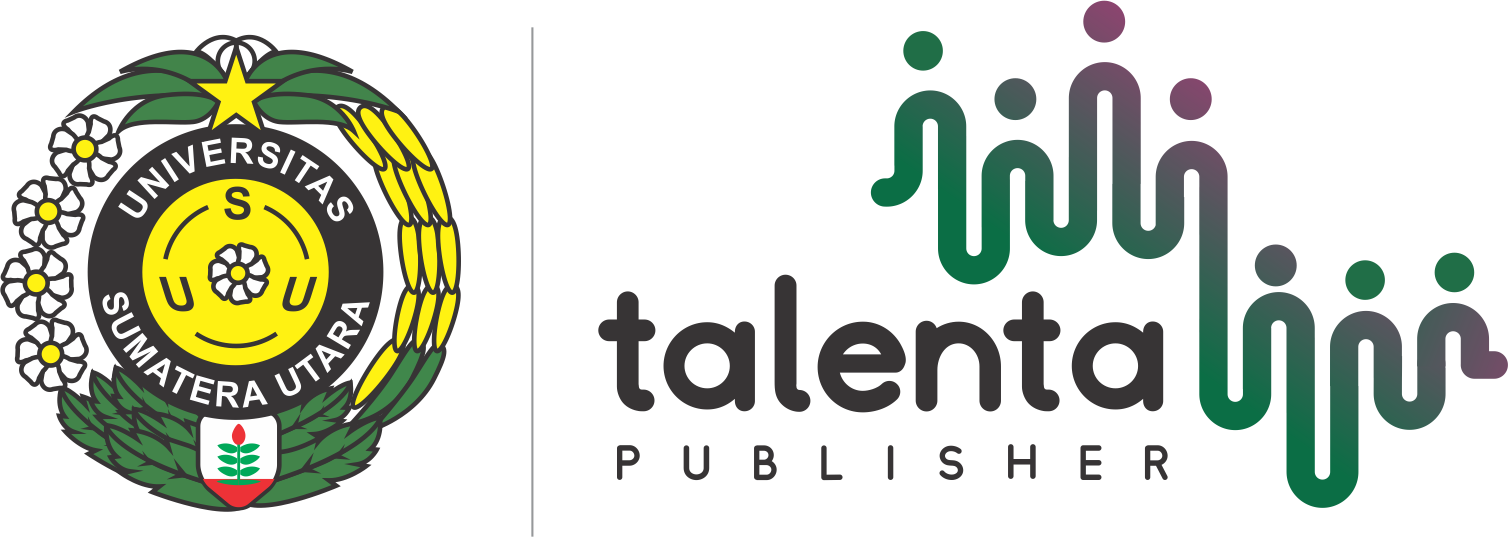Publisher:

Acta Law Journal (E-ISSN : 2964-2264) is a peer-reviewed journal published since 2022 by the Notary Masters Program, Faculty of Law, University of North Sumatera, Medan. Acta Law Journal is published twice a year in June and December every year. Acta Law is an article that contains the results of research by Teaching Staff and Masters Students of Notary, Faculty of Law, University of North Sumatera.
Articles published in Acta Law Journal does not only focus on issues related to Notary studies, but also on general law studies. In order to maintain the quality of articles to be published by Acta Law Journal, a number of law professors and legal experts have been appointed as editorial boards. Every article that will be published is confirmed to have been through the review stage in accordance with the standards that apply to a scientific journal. The reviewers are selected from legal experts in accordance with their scientific fields. As a national journal, Acta Law Journal accepts contributions of writings nationally on topics related to various fields of law.
The authors must submit their journals to the managing editor via (website link). Author must register and set his/her personal ID before login. In submitting a journal, the author must log in as an “author” via the “login” tab on the right corner of the home page, so that the author can upload his/her written work. In addition, Acta Law Journal only accepts journals in the form of Word files.
Submitted manuscripts are subject to reviews by an editorial team board and peer reviewers who are experts and familiar with the relevant field of research. After review process, the Managing Editor will inform the author of the acceptance, rejection or necessity of the manuscript revision.
The word limit for the submission is 4000-10.000 words with format A4 paper. The manuscripts should contain, title; abstract; three to five keywords; introduction; method (for original research articles); analysis and discussion; conclusion; and bibliography.
Publisher:

Acta Law Journal
Magister Kenotariatan, Faculty of Law, Universitas Sumatera Utara
Jl. Sivitas Akademika, No 9, Padang Bulan, Kec, Medan Baru, Kota Medan, 20155
E-mail: acta@usu.ac.id

This work is licensed under a Creative Commons Attribution-ShareAlike 4.0 International License.
